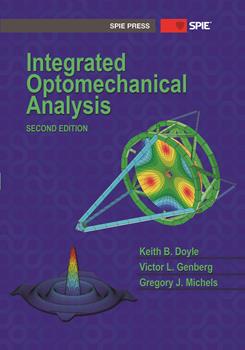|
In a conventional design-development process, engineers perform parametric trade studies, iterating through trial designs until a satisfactory or feasible design is found. This is a trial-and-error effort that requires intuition and insight. If there are a significant number of design variables, the process can be prohibitively complex and time consuming, which can exhaust available funding and time. For this reason, this manual trade-study process is incomplete in realizing the full benefit from the design variables available and results in nonoptimal and underperforming designs. Optimization theory offers a methodology to improve the design process, including design sensitivity and nonlinear programming (NLP) techniques. When incorporated into a general purpose FEA program, optimization methods offer new opportunities for design improvement. Automated design-optimization features in the major FEA tools will sequentially improve a starting design to obtain an optimum design. The optimum design is generally limited by the starting design and the choice of design variables. Because of the sequential nature of NLP, this optimum design may be a local optimum rather than a global optimum. Even with these shortfalls, design optimization is a powerful tool when employed by a knowledgeable user. Table 11.1 lists some of the common advantages and disadvantages of using design optimization methods. |
|
|


